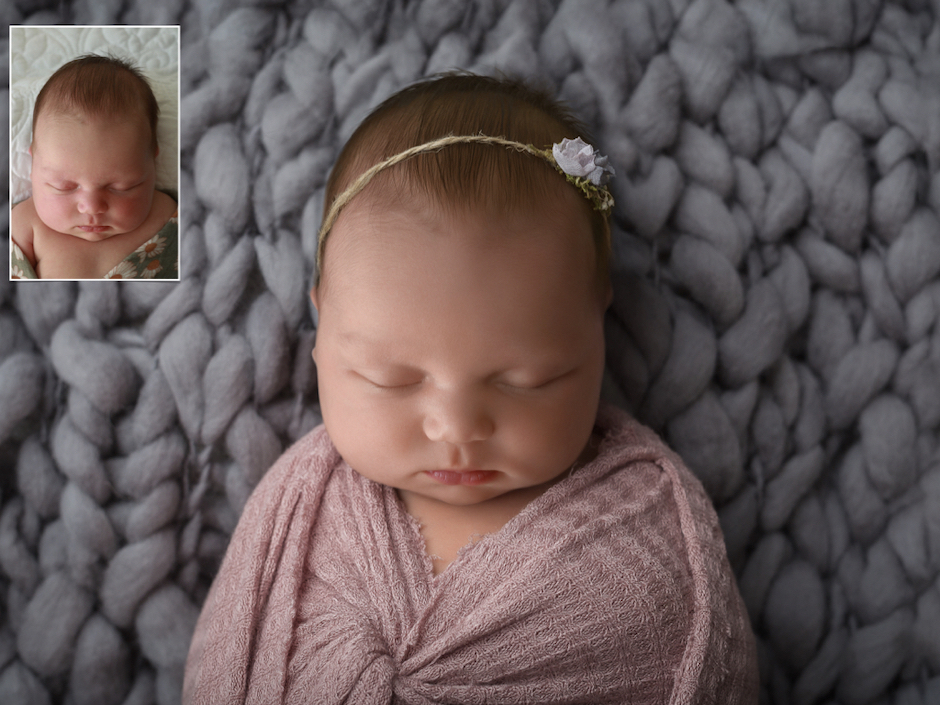News + Features
People ask me what life is like for Milwaukee’s inner-city African-Americans during the current coronavirus crisis.
On March 26, I drove through Center Street and North Avenue, up and down 27th and 35th Streets, some of the most dangerous and neglected neighborhoods in Milwaukee’s inner city. Almost everything was closed down, the streets partly deserted, alleys and vacant lots scattered with garbage and detritus. Looming out of the cold gray light, old churches and abandoned buildings stood lonely. A few corner grocery stores were hanging on with an “open” sign. Traffic was light. Buses appeared now and then, but riders were scarce. The whole scene felt like a movie about the apocalypse.

I wanted to find someone to talk to and finally, I saw one pedestrian on a main artery—a woman in a mask. I pulled my car to the curb and waved. She waved back and stopped. I grabbed my camera and hurried across the double lanes.
Read: Street Photography—Knowing Your Rights and Risks
We kept our distance but there seemed to be a feeling of cautious connection. Such is the mass fear we all seem to feel. Through her mask, she said her name was Tina and that she had only been in Milwaukee for two months, having moved from Chicago and now living with a roommate. She acknowledged it was a bad time to move, but there was no going back.
I took her portrait with a background that symbolized the neighborhood atmosphere. Clearly, coronavirus fears and the sinking economy have driven a hole into this closed culture of inner-city African-Americans.
Read: Shooting Urban Landscapes
I did not last long cruising the inner city, but the experience did make me sad, adding to my sadness of the general malaise in America at this time in history.

For the African-Americans residing inside the inner city, the culture of attending church is a source of comfort and of community connection. The coronavirus has forced these churches to close. Photo © Tom Jenz

The coronavirus has cast darkness on everyone, but Milwaukee’s inner-city neighborhoods have been hit hard. This is a scene too often seen: A resident had been murdered or died tragically, and then a memorial is jerry-rigged along the sidewalk. The school is deserted in response to mass fear of COVID-19. Photo © Tom Jenz
Even before COVID-19, my long-term interest has been the neglected side of Milwaukee and its inner city; its issues have been such an incendiary topic for years. It is an area I’ve long been attempting to bring to light.
For the past six years, I’ve spent hundreds of hours walking the streets of Milwaukee’s inner city neighborhoods—the residents mostly African-Americans. My goal was to get to know some of them and record their stories in photographs and narratives as they would allow [some of which are shown below].




If I had an agenda, it was to show the third-world reality of what people’s lives are like in the hardcore inner city. The two zip codes I covered represent some of the poorest and most segregated in this country.
[See our COVID-19 resource page for business information and creative inspiration that will help you rise to the occasion.]
For over 30 years, through his photographs and narratives, Tom Jenz has been capturing the spirit and soul of America through the parts that are often overlooked. You can find his project photos and narratives at TomJenzAmerica.com.





